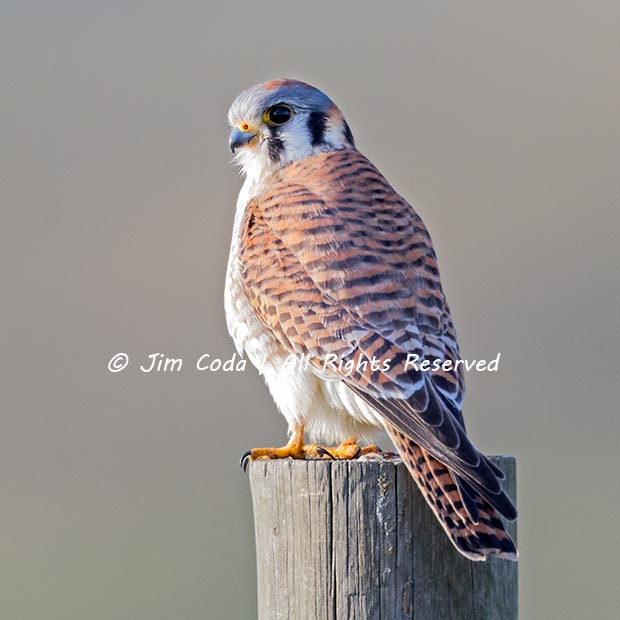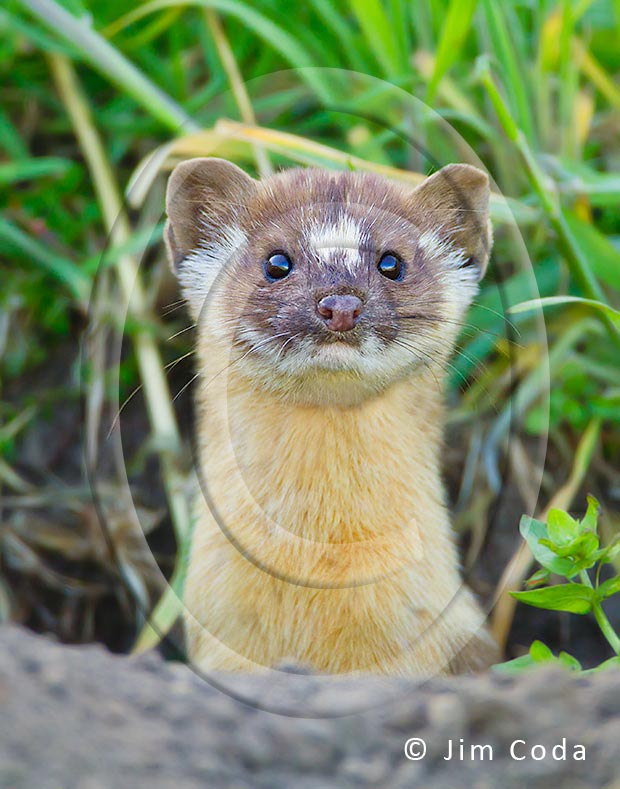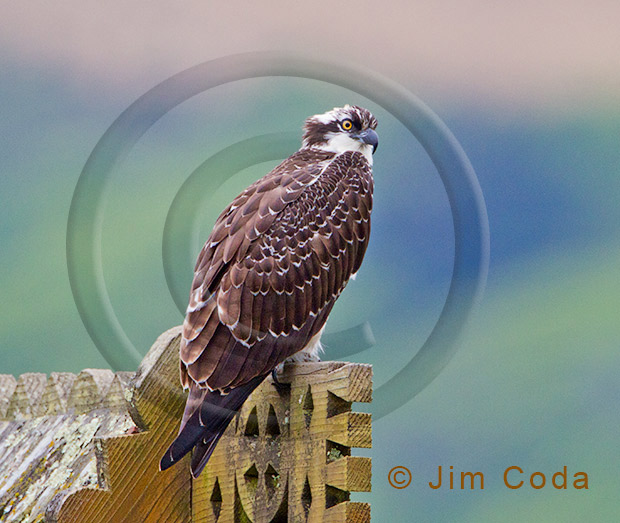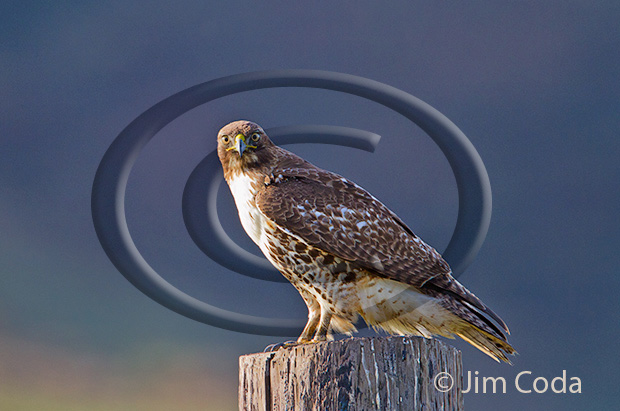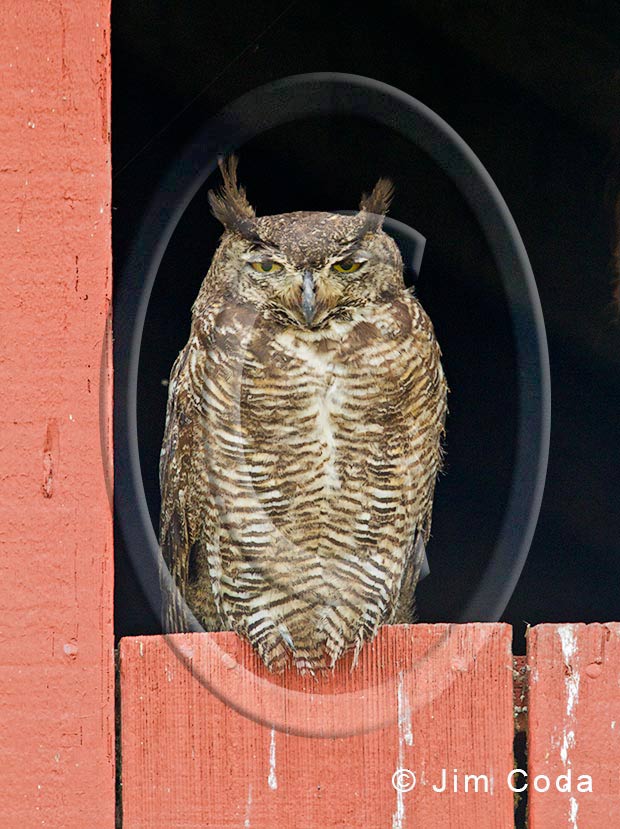Peregrine Falcon, Point Reyes National Seashore

Female Peregrine takes wing with its prey.
As I was leaving Point Reyes a few days ago I noticed this female peregrine perched on a fence post with her recent kill. I pulled over and photographed her as she alternatively plucked feathers and fed. After several minutes she decided it was time to go. She flew right over me, but I had too long a lens to photograph her once she left the post. Point Reyes is a good place for seeing not only elk and other mammals, but also various birds, including birds of prey.

